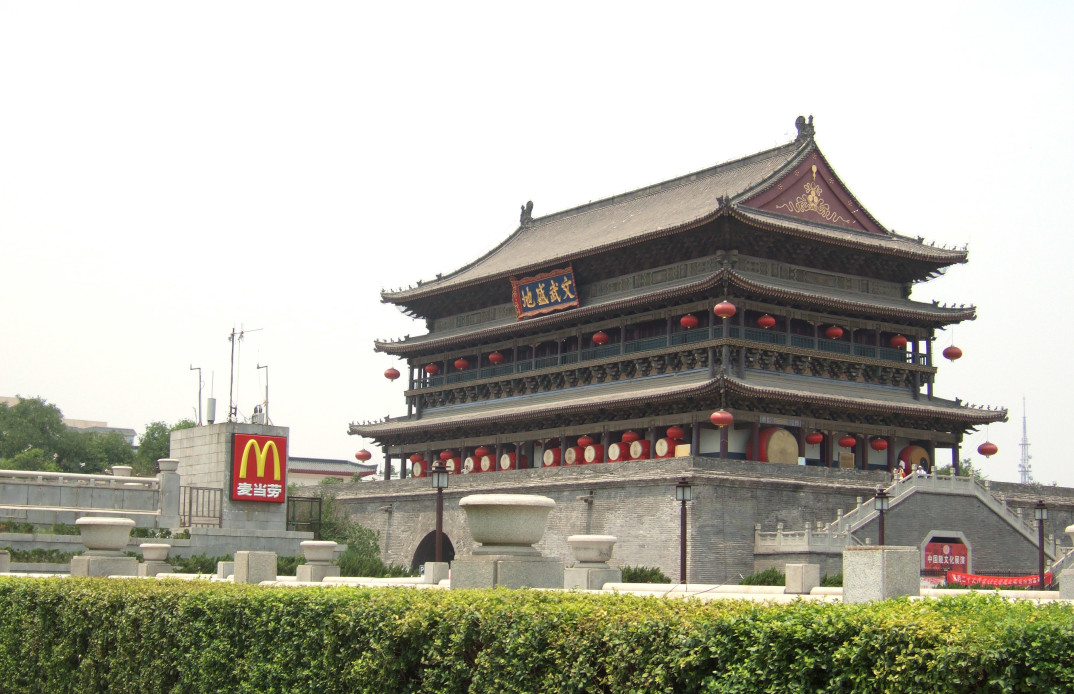At first blush, Valentine’s Day seems a harmless celebration: a quaint, centuries-long tradition promoting love and romance between couples. But a closer look beneath that thin veneer reveals significant blemishes. Combined with modern-day consumerism, Valentine’s Day becomes a trial for single people and a farce for couples. All the imagery of candle-lit meals shared between lovers staring longingly in each others’ eyes excludes many. Truthfully, everyone pays more attention to the holiday’s customs than the intentions behind them.
There may not be one perfect representation of love, and that is precisely the problem with Valentine’s Day: it portrays only one view. The reality is not everyone can be (or wants to be) in a romantic relationship. Singles often feel frustrated on Valentine’s Day because they fail to meet relentless societal expectations: fall in love, plan a wedding, pick out baby names. This narrow interpretation of love limits Valentine’s Day to a particular set of checkboxes that only fit some people. (If being on one’s own was considered a good choice, surely we’d be celebrating “Single’s Day.”) But Valentine’s Day presents a meaningful opportunity to platonically connect with a friend, relative, or other loved one. It’s wrong to assume that romance should always be celebrated and that singleness should always be pitied. Ultimately, Valentine’s Day cannot speak for a broad population which varies in preference, relationship status, and long-term plans for their romantic lives.
If someone celebrates love and romance on Valentine’s Day, they should do so authentically. While it may feel right to put together an impressive display, it is important to remember why we do it: is it truly because you know this person will value it, or because you value your effort in giving the “right” gift? Tradition and representation often form the image we have in our heads. Don’t settle for the stereotypical gifts – the flowers, the chocolates, the hearts, the stuffed animals – just because we’ve been taught to do so. We have to stop placing the Hallmark rituals above the genuine interests of the person we seek to connect with.
These normalized ideas about how the holiday’s celebration come at a young age, when schools hold annual Valentine’s Day parties that communicate (intentionally and unintentionally) the celebration’s supposed importance. Again, this seemingly harmless tradition puts lasting thoughts in our heads about what love and romance are supposed to look like. Our infatuation with the holiday fuels false expectations that can frustrate and disappoint partners. The pressure and strain are real. But it’s inauthentic to measure the value of a relationship based on the material goods exchanged. And often, companies feed into the consumerism that upholds Valentine’s Day standards. Companies benefit, while couples miss out on a valuable opportunity to share sincere gifts. Ironically, Valentine’s Day cheapens the love it is supposed to value.
In order to promote genuine connection, Valentine’s Day must make room for everyone’s unique interests and desires. It should be inclusive of everyone: couples who celebrate, couples who don’t, and singles. Further, if a couple chooses to celebrate, each person should share their preferences with their partner. If we fall back on the idea of what celebrations like Valentine’s Day are supposed to entail, couples will lose out on the possibility of genuine connection. No one should assume what their partner will appreciate; to know that takes a certain depth and attention in a relationship. The consumerism in this holiday will only encourage couples to skip this crucial aspect of their partnership. If couples celebrate the love they share and ironically do so at a cost to their relationship, perhaps we should forego the holiday altogether.


